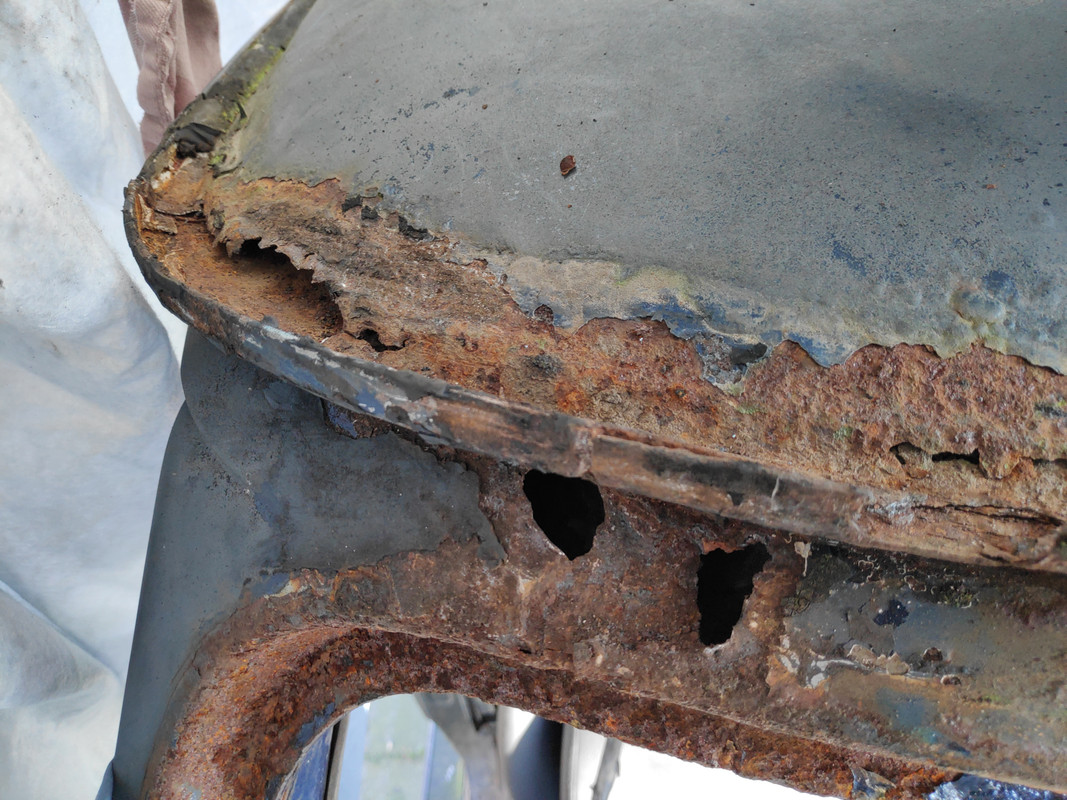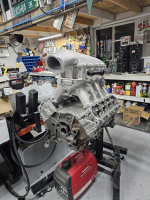EDIT: it seems the more I read on studs the common consensus is at least 1-2 threads protrusion from the nut so that tells me the shortest stud is out as my math tells me it will be at least 1 thread down inside the nut. Still open to others opinions.
Here's a question for the more educated/experienced on the topic... I've never messed with studs before.
Building an aluminum Ford 8.8 IRS for my Miata.
Doing what I can to keep any case flex under control so I am putting studs in the carrier caps. ARP makes them and they are only like 35-40 bucks so just an off the shelf part.
The 8.8 stud is 3.125 in length and I was TOLD this is to short for the aluminum case as the caps are different.
I was TOLD that I needed the 9" H case studs which are 3.400 in length.
There is also the regular 9" version which is 3.250 in length.
Well this was what I ended up with with the 3.400 length stud.
Now I didnt torque the stud into the case as I wanted to be able to return them if needed, but I cant imagine I get anything more than 1/4 turn as torque on a stud is only like 10 ft. lbs. And of COURSE the battery on my caliper was dead so I need to grab a battery later. I used a micrometer to eyeball it and its at least .250 long. Nut is also not torqued onto the stud(which would make stud protrusion even worse). So I may end up 1/4 turn further in, but then when torquing simply regain that same 1/4 turn giving me essentially nothing.
Here is the rear cover I will be using(ford performance cobra 8.8)... I dont have one on hand to actually measure for clearance. Just from looking at the picture I ASSUME I have enough clearance for at least the nut sticking out past the case. The caps stick out past the case as it is.
So with these 3.400 being obviously to long. My estimate is .250 to long. Do I go down to a 3.250 stud and have .100 estimated protrusion from the nut? Or do a I go down to a 3.125 and have the stud down in the nut a little bit(estimate .025)?
The other thing i have seen people mention is there is enough hole at the bottom that you can run a bottoming tap another ~1 turns in the hole which I think would eat up ~.07 of my extra .100 length and thus give me only .030 protrusion which is almost nothing.
I can get both other lengths to try, but I would like to avoid needing to do that if I can as returning them is a pain.
You're supposed to fill the entire length of the nut with full threads, which means that you'll typically want to have 2-3 threads protruding from the nut (the first couple threads on a bolt aren't guaranteed to be full due to manufacturing). So if you've got 20 TPI threads on the stud, you're typically forced into 0.100-0.150" of protrusion if you want to follow the rules. (Note: ARP themselves do not always follow the rules.)
Tapping the case with a bottoming tap is a fine way to start. You can also face the portion of the stud that goes into the case and pick up a bit of additional insertion (don't go crazy, obviously - just take off the "cup" that typically exists at the end of a rolled thread). That might get you sufficient clearance. Beyond that, I'd personally explore some options that involve ditching the thick washer in favor of a thinner part, shortening the stud and accepting the loss of the broached hex recess but also understanding that it's unlikely to be removed ever again, and/or clearancing the cover as necessary. The older I get, the more I find myself grinding the cheapest part first.









